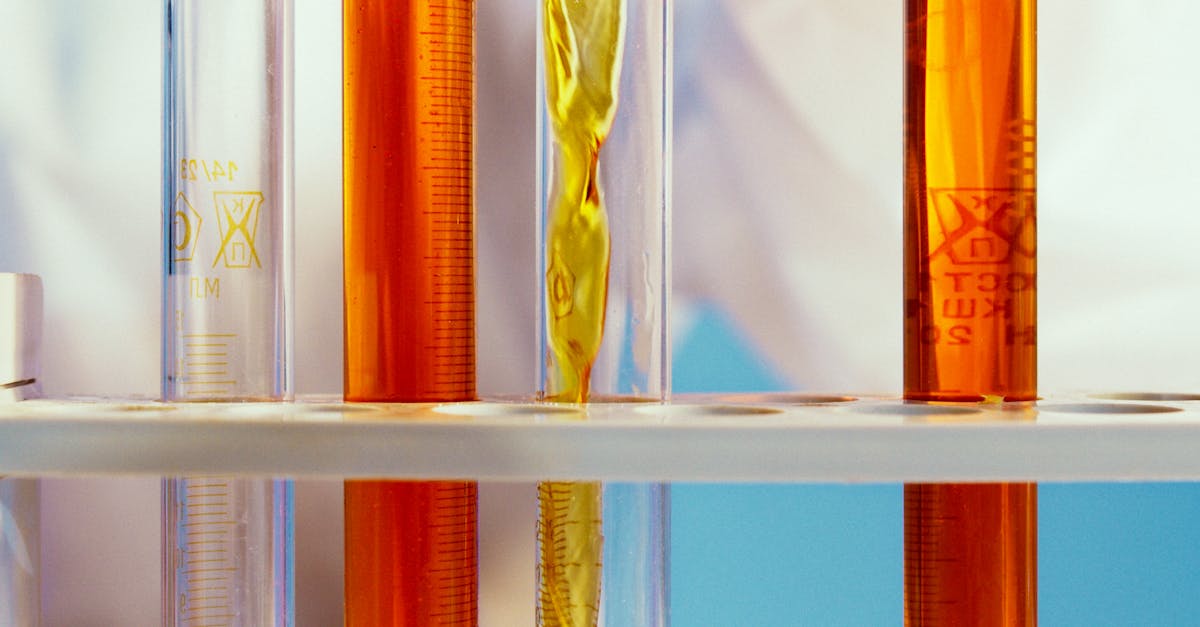Bio-Rad Laboratories was one of the market's biggest losers today, losing 17.6% of its value and underperforming both the S&P500 and Dow Industrial composite indices by -1.0%. The large-cap Industrials company ended the day at $381.0, closing in on its 52 week high low of $344.63 and is 38.29% below its average target price of $617.4. Over the last 12 months, Bio-Rad Laboratories is down -7.7%, and has underperformed the S&P 500 by 6.0%. The stock has an average analyst rating of buy.
Bio-Rad Laboratories does not have a meaningful (P/E) ratio because its earnings per share of $-124.81 are negative over the last year. Based on Bio-Rad Laboratories's positive earnings guidance of $18.11, its stock has a forward P/E ratio of 21.0. Earnings refer to the net income of the company from its sales operations, and the P/E ratio tells us how much investors are willing to pay for each dollar of these earnings. In comparison, the Industrials sector has historically had an average P/E ratio of 20.49.
Another metric for valuing a stock is its Price to Book (P/B) Ratio, which is its share price divided by its book value per share. The book value refers to the sum of all of the company's tangible assets and liabilities. Bio-Rad Laboratories's P/B ratio of 1.17 indicates that the company is fairly valued when compared to the Industrials sector's average P/B ratio of 3.78.
To understand Bio-Rad Laboratories's business, and therefore its attractiveness as a potential investment, we must analyze its margins in two steps. First, we look at its gross margins, which take into account only the direct cost of providing the product or service to the customer. This enables us to determine whether the company benefits from an advantageous market position:
| Date Reported | Revenue ($ k) | Cost of Revenue ($ k) | Gross Margins (%) | YoY Growth (%) |
|---|---|---|---|---|
| 2022-12-31 | 2,802,249 | 1,234,919 | 55.93 | -0.37 |
| 2021-12-31 | 2,922,545 | 1,281,884 | 56.14 | -0.6 |
| 2020-12-31 | 2,545,626 | 1,107,804 | 56.48 | 3.86 |
| 2019-12-31 | 2,311,659 | 1,054,663 | 54.38 | n/a |
- Average gross margins: 55.7 %
- Average gross margins growth rate: 0.7 %
- Coefficient of variability (lower numbers indicate more stability): 1.7 %
Next, we consider the Bio-Rad Laboratories's operating margins, which take into account overhead. This tells us whether the company's business model is fundamentally profitable or not:
| Date Reported | Total Revenue ($ k) | Operating Expenses ($ k) | Operating Margins (%) | YoY Growth (%) |
|---|---|---|---|---|
| 2022-12-31 | 2,802,249 | 1,084,714 | 17.22 | 2.81 |
| 2021-12-31 | 2,922,545 | 1,151,231 | 16.75 | 3.78 |
| 2020-12-31 | 2,545,626 | 1,026,865 | 16.14 | 62.54 |
| 2019-12-31 | 2,311,659 | 1,027,335 | 9.93 | n/a |
- Average operating margins: 15.0 %
- Average operating margins growth rate: 14.8 %
- Coefficient of variability (lower numbers indicate more stability): 22.8 %
Since both Bio-Rad Laboratories's gross margins and operating margins tend to be positive, we know that its business is currently profitable. However, it's important to take into account their variability and overall growth trend to make a definitive conclusion regarding the company's strength.
To get a better idea of Bio-Rad Laboratories's finances, we will now look at its cash flows. Often touted as a general yardstick for a company's financial health, cash flows represent the sum of inflows and outflows of cash from all sources, including capital expenditures:
| Date Reported | Cash Flow from Operations ($ k) | Capital expenditures ($ k) | Free Cashflow ($ k) | YoY Growth (%) |
|---|---|---|---|---|
| 2022-12-31 | 194,447 | -114,157 | 194,447 | -70.38 |
| 2021-12-31 | 656,521 | -120,803 | 656,521 | 14.11 |
| 2020-12-31 | 575,328 | -98,920 | 575,328 | 25.65 |
| 2019-12-31 | 457,897 | -98,532 | 457,897 | n/a |
- Average free cash flow: $194.45 Million
- Average free cash flow growth rate: -19.3 %
- Coefficient of variability (lower numbers indicating more stability): 42.8%
Free cash flow represents the money that Bio-Rad Laboratories can use to either reinvest in the business or to reward its investors in the form of a dividend. Despite the company's recent cash flows being in the green, investors do not currently receive a dividend.
Overall, Bio-Rad Laboratories seems to be a strong business with an attractive valuation in numeric terms. Potential investors may want to take a closer look at the stock, and focus on whether it also has qualitative factors that show that it can provide solid returns.


